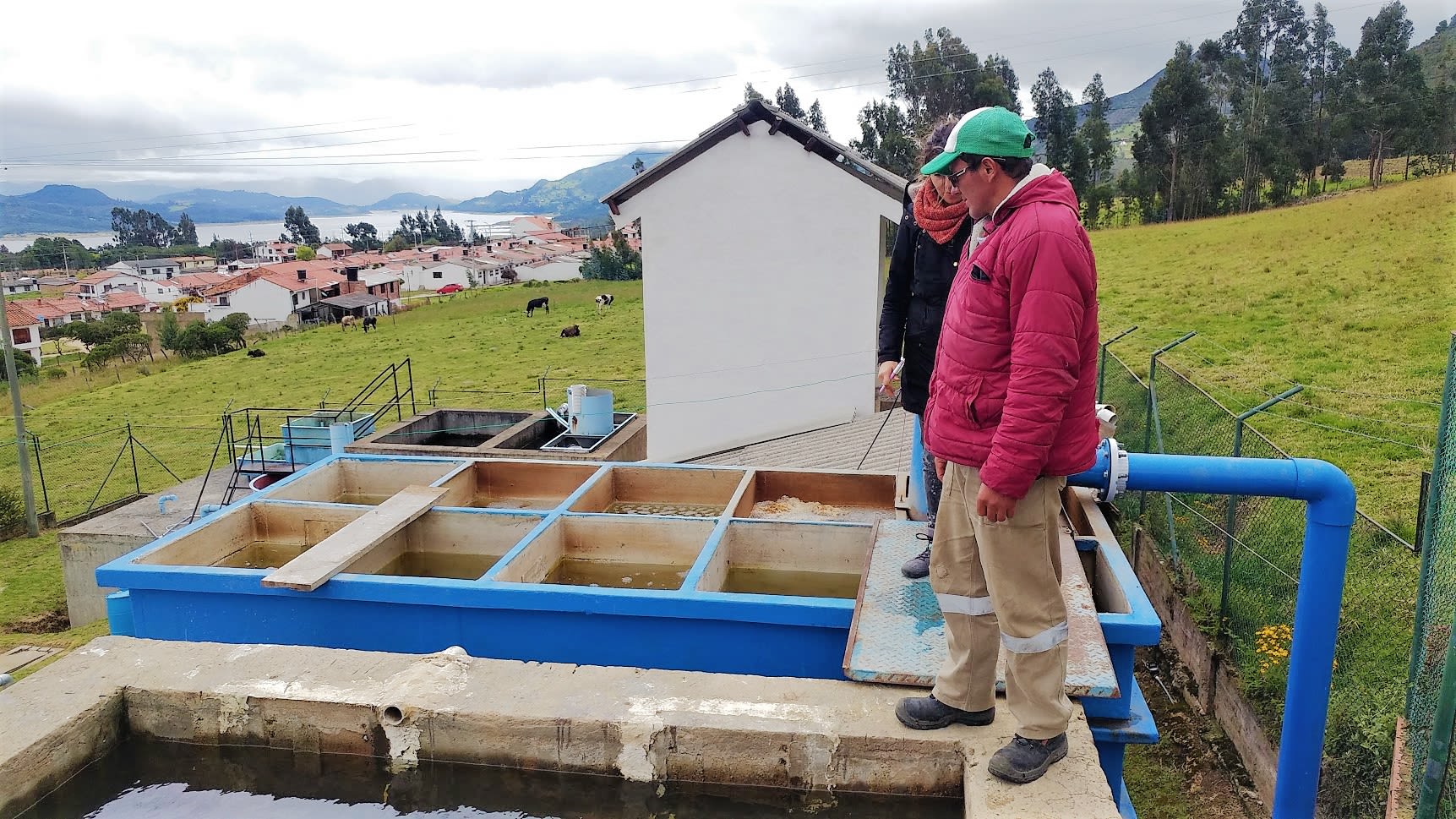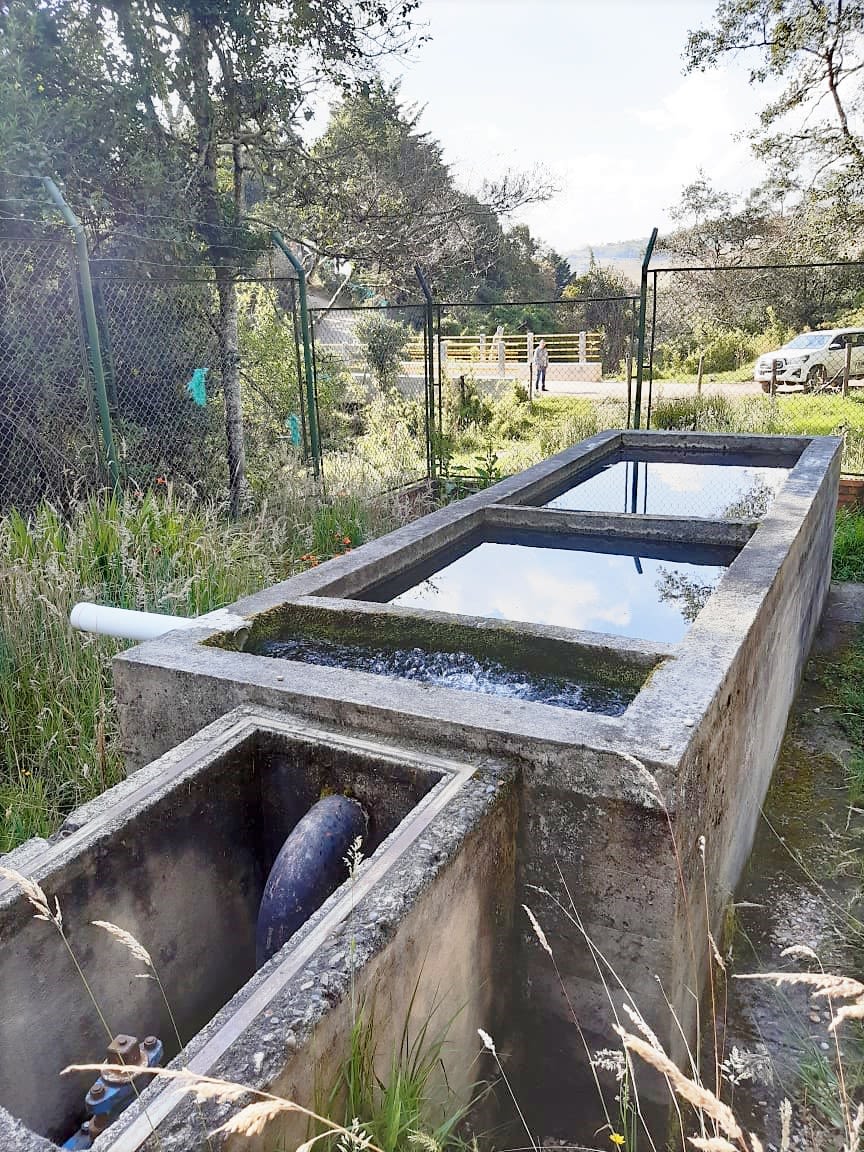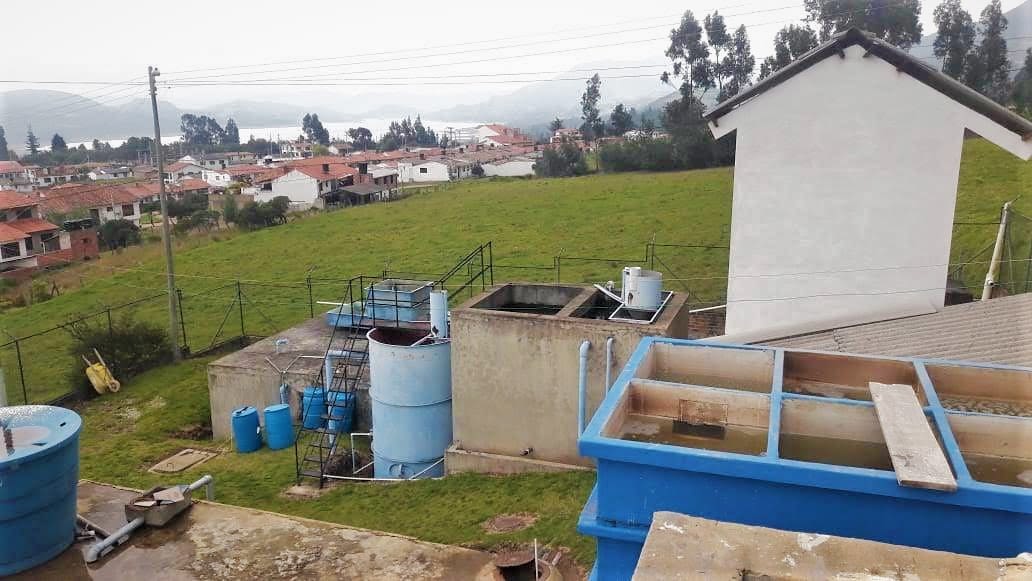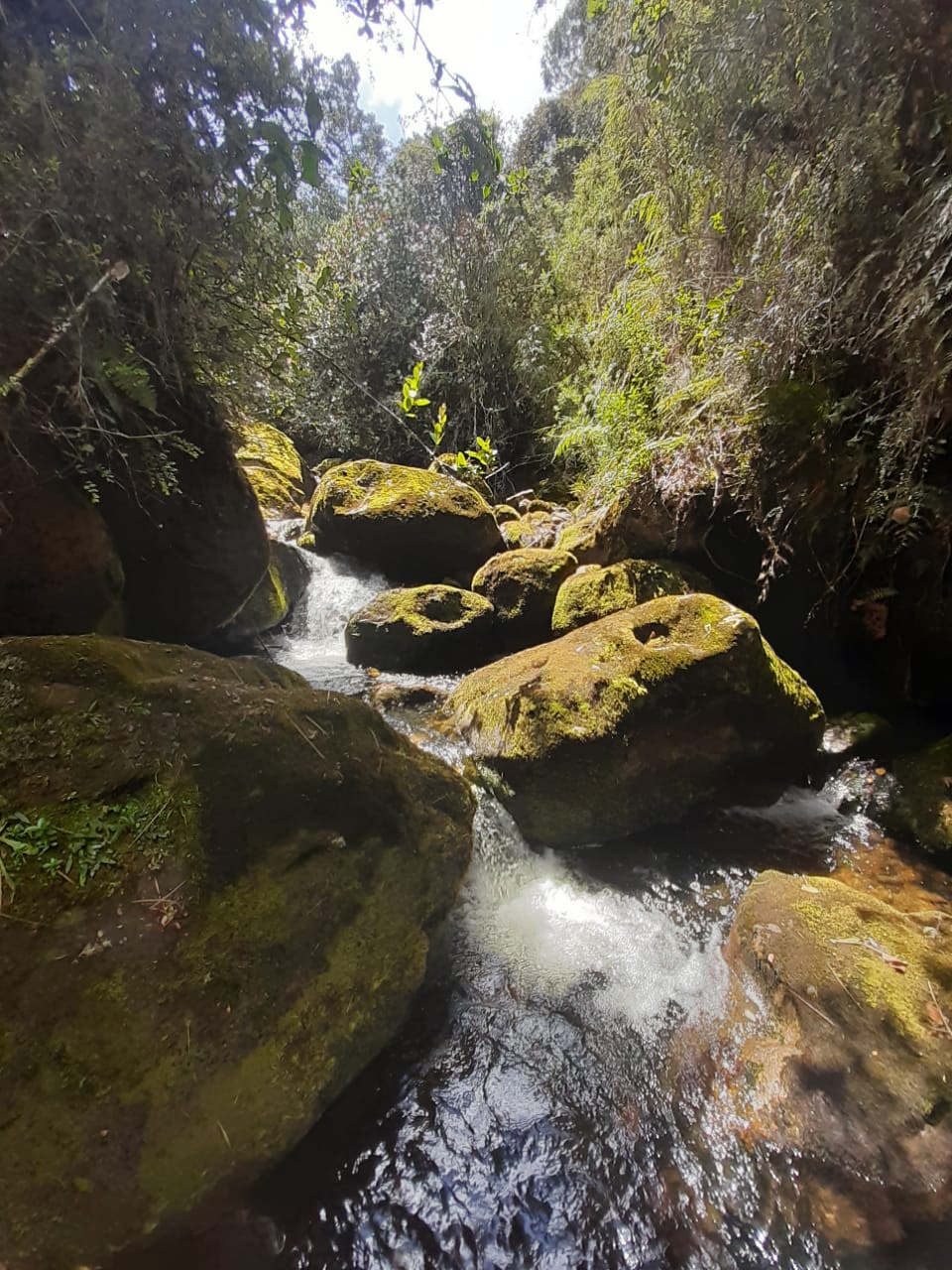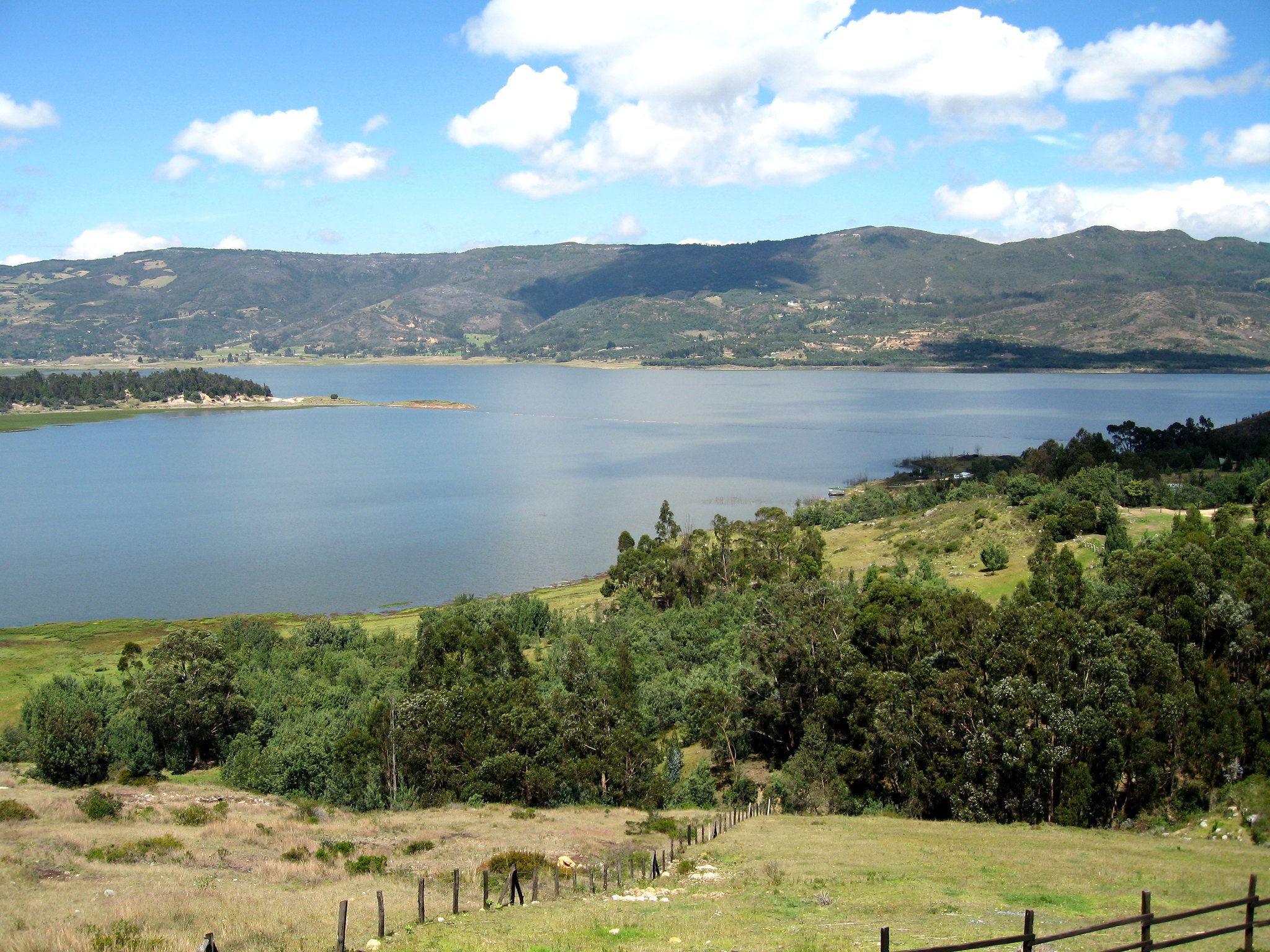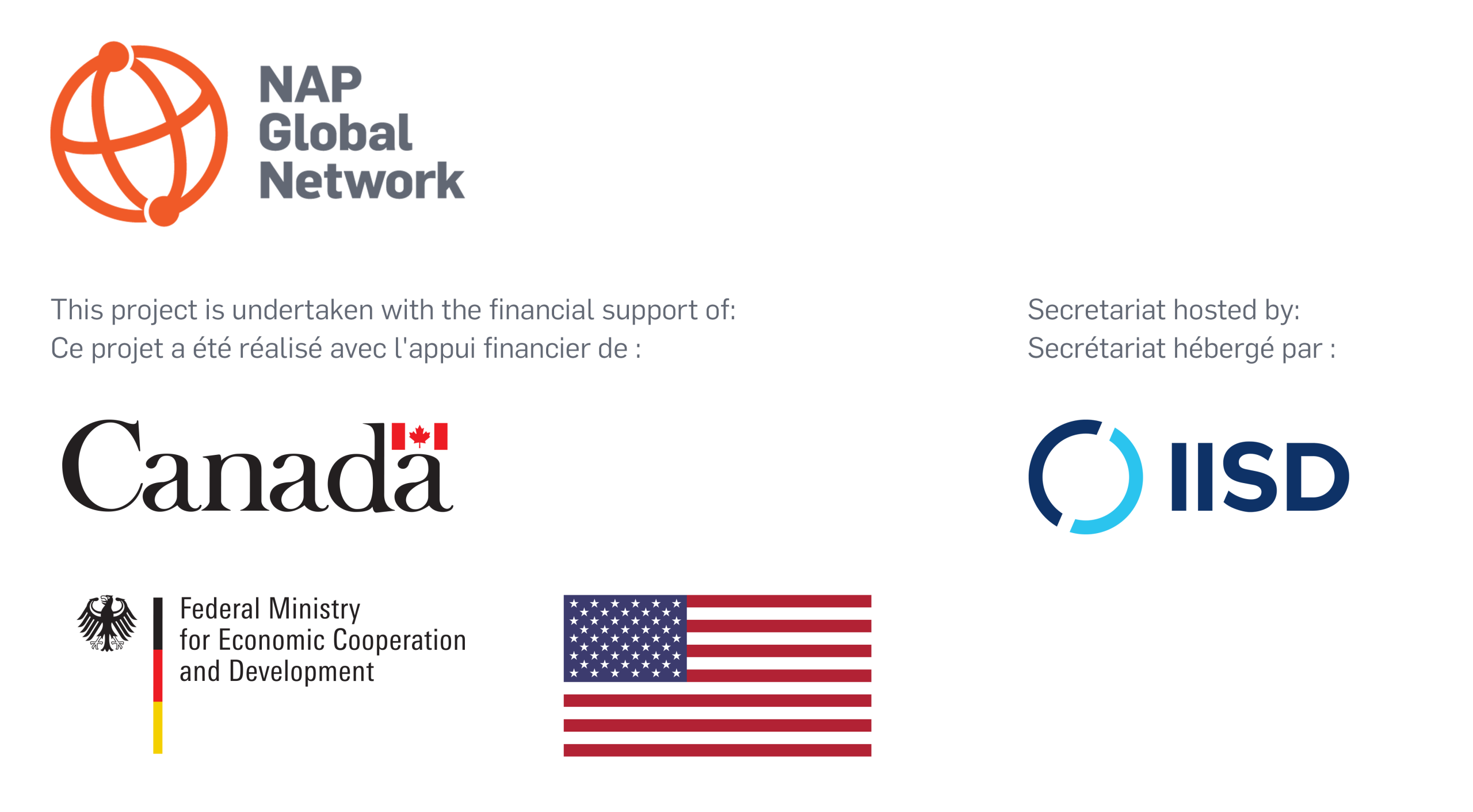Reliable Water Supply in an Unpredictable Climate:
An interview with Daniel Morchain, IISD, on how early warning systems can help climate-proof Colombia's water system.
Adaptation to climate change was introduced on the political agenda in Colombia in 2010, after La Niña weather phenomenon flooded about 8 per cent of the country’s most populated area and caused an estimated USD 8 billion in damages and losses.
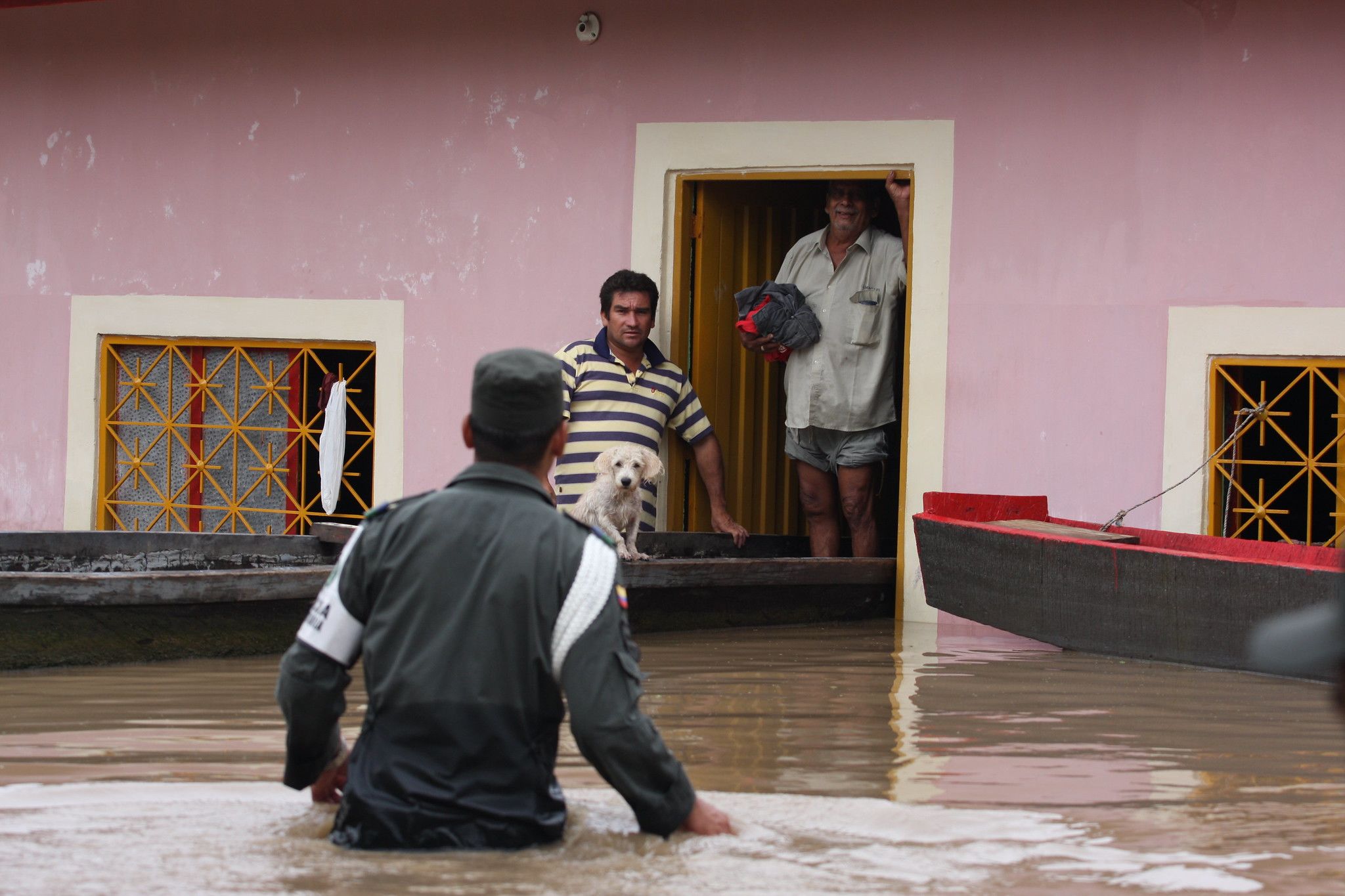
In the early 2010s, the Government of Colombia recognized the need to consider climate-related risks in its development plans specific to each sector. With the national Climate Change Law in place and the National Planning Department’s guidance, governmental sectors got to work. Fast forward to 2020, and Colombia is already moving from national adaptation planning to implementation.
Daniel Morchain, Policy Advisor for the National Adaptation Plan (NAP) Global Network’s Secretariat team at the International Institute for Sustainable Development, worked alongside a team of local partners from Olgoonik, led by Óscar Galvis, and Colombia’s Water and Sanitation sector to set up the installation of a brand-new early warning system.
An early warning system, or EWS, is designed to communicate instances of risk and natural hazards to the population ahead of when that hazardous event becomes particularly dangerous (e.g. before a flood reaches a specific town). The EWS draws its information from a combination of historical data, the monitoring and analysis of climate hazards, existing risk knowledge, and the capabilities of individuals and communities to respond.
This particular project aims to help small-town water suppliers handle the effects of climate change. We sat down with Daniel to further understand the importance of this EWS.
This exercise has been very valuable because it provides us with new tools to ensure quality service to the community. We suffer when it rains a lot, but we believe that with this new experience, we can understand why it happens and how we can respond.

Q. Tell us a little about how this project got started.
Colombia’s Water and Sanitation sector decided to prioritize the improvement of water supply systems for households and small businesses. Same as anywhere in the world, communities in Colombia depend on their access to clean water. However, some effects of climate change like frequent heavy rainfalls, floods, and droughts contaminate water supplies and damage sewage systems by overwhelming the capacity of their operations. Help was needed by water service suppliers to run more reliable, efficient, and cost-effective businesses.
We started our work by taking a closer look at the conditions of domestic water supply and management in Guatavita, a town of about 1,000 residents with a rich Indigenous history, roughly a two-hour drive north of Colombia’s capital, Bogotá.
Q. What makes Guatavita a good place to pilot this EWS?
Guatavita often deals with extreme weather events, but lacks the proper resources and help needed to build its resilience. Its water supplier is a small company with under 10 staff members, with most of its operational records kept in large paper notebooks. Unlike the sophistication of big city water or energy systems, Guatavita’s rudimentary model is an example—not an exception—of countryside service providers’ reality. It depicts the chasm that exists between ambitious strategies and policies at the national level and the limited resources that the little guy has to work with.
Program team visiting the aqueduct. Photo: Olgoonik Federal LLC.
Program team visiting the aqueduct. Photo: Olgoonik Federal LLC.
Q. How will the EWS help?
Colombia’s Water and Sanitation sector understands the need to modernize these systems and adjust their operations to prepare for climate change impacts. To that end, my team at the NAP Global Network and our consultants supported the development of an EWS that would enable the integration of meteorological data, community monitoring, and financial considerations into the supplier’s operations and decision making.
When fully implemented, the EWS will be an important support tool to maximize the efficiency of the water supplier’s everyday functions and minimize service interruptions to Guatavita’s residents. Additionally, it will provide the system operator with better navigation of the increasingly unpredictable weather.
Photo: Olgoonik Federal LLC
Photo: Olgoonik Federal LLC
Photo: Olgoonik Federal LLC.
Photo: Olgoonik Federal LLC.
PTAP Guatavita. Photo: Olgoonik Federal LLC.
PTAP Guatavita. Photo: Olgoonik Federal LLC.
Q. What makes this project different from other EWS installations?
Now, what makes this EWS stand out is how it aims to make people’s well-being a central objective of its operation. It does this by not only looking at the actual climate-related hazards, but by linking the effectiveness of the EWS to the water supplier’s sound financial practices. After all, it is the consequences of inadequate financial management or insufficient funds that can lead to poor service provision and disruptions in the water supply to residents.
Beyond its local impact, the cherry on top of this small project—and its ultimate test—will be its ability to convey to national decision-makers the institutional, social, and technical conditions needed to mainstream climate change considerations into the lifelines of its society; namely its water, agriculture, social prosperity, energy, health, and infrastructure sectors, among others.
San Francisco creek, Guatavita, Colombia. Photo: Olgoonik Federal LLC
San Francisco creek, Guatavita, Colombia. Photo: Olgoonik Federal LLC
Unlike the sophistication of big city water or energy systems, Guatavita’s rudimentary model is an example—not an exception—of countryside service providers’ reality. It depicts the chasm that exists between ambitious strategies and policies at the national level and the limited resources that the little guy has to work with.
Bathymetric topographical survey. Photo: Olgoonik Federal LLC
Bathymetric topographical survey. Photo: Olgoonik Federal LLC
Q. How does the EWS tie into national climate change policies and actions?
This small project will contribute to the three key principles of the country’s National Adaptation Plan:
- Actively manage the knowledge generated around climate change and its impacts—by linking meteorological data and disaster risk reduction knowledge to the operation of local water supply systems.
- Incorporate climate change adaptation into environmental, land-use, and sectoral planning—by recognizing that adaptation efforts must target the biophysical impacts of hazards, as well as the different effects they have on members of a community, based on gender, age, income, and (dis)abilities, among other factors.
- Promote the transformation of development models to make them resilient to climate change—by linking structural change to fairer governance processes, thereby seeking to ensure people’s well-being.
Q. What is the current status of this EWS?
While the progress we made so far is important to note, talking about the Guatavita EWS today is, actually, a bit audacious. There are currently very few tangible results to show for it, if any. Plus, the COVID-19 pandemic prevented us from having a wider dialogue with citizens, which we planned to do in the design stage. We intended to have their concerns more directly reflected in the questions that the EWS sets out to answer.
The actual implementation of the EWS has yet to be undertaken. However, the long journey preparing for its operation on the ground is completed: the technical design is ready, everyone involved agrees on the proposed process, and, equally importantly, the institutional architecture required to get a buy-in from decision-makers has been arranged.
When looking at the bigger picture, this new vision that links community resilience to the reliability of services will encourage key stakeholders, from both Bogotá and Guatavita, to make the town’s water supply system an example that steers future policy and action at the national level.
Guatavita. Photo: Marcelo Träsel
Guatavita. Photo: Marcelo Träsel
For more information, please contact the NAP Global Network at info@napglobalnetwork.org.
Any opinions stated in this blog post are those of the interviewee and do not necessarily reflect the policies or opinions of the NAP Global Network, its funders or Network participants.

